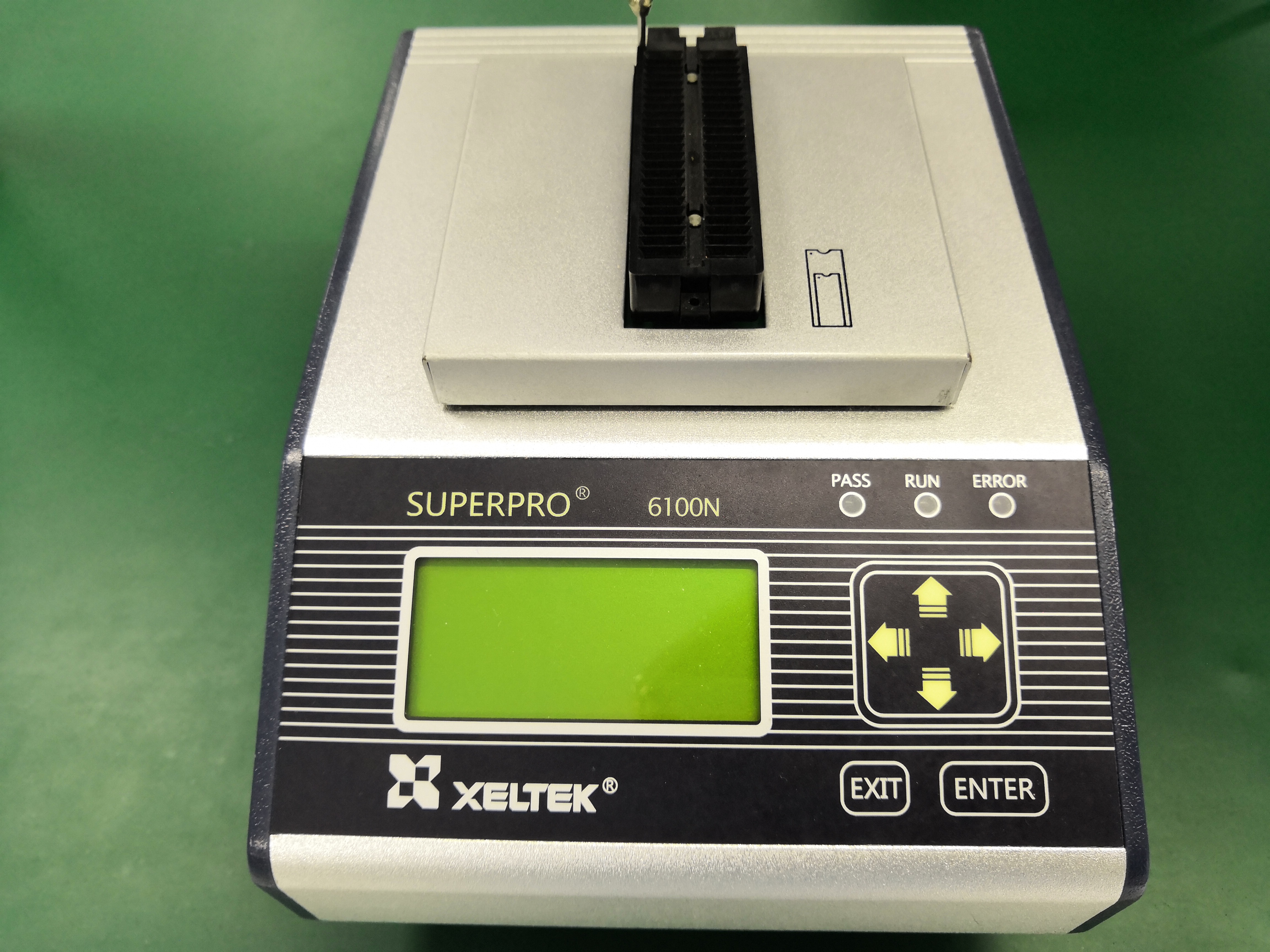What is the burning principle of single chip microcomputer? What are the chip burning methods?
Date:2021-09-26 13:13:02 Views:5263
Single chip microcomputer burning, also known as single chip microcomputer program download and burning, is essentially a process in which the single chip microcomputer and PC transmit the compiled program to the single chip microcomputer through the interface specified by the chip manufacturer according to the programming protocol specified by the chip manufacturer, and the single chip microcomputer stores the data in its own memory. In embedded systems, it is often necessary to burn code or data to MCU on-chip flash or off-chip nor flash, NAND flash, SPI flash, etc. What is the burning principle of single chip microcomputer? Which method is the best for the product? Here are several chip burning methods.
Programmer burning
The flash burning operation is completed by using a special programmer and the corresponding adapter. The chip is required to be burned first and then welded on the target board. This method is the most commonly used. Its biggest feature is fast speed and easy to use. With the help of professional tools, ordinary workers on the assembly line can work with a little training. Due to different packages of various chips, different adapter seats are required, which is the input that customers need to consider.
ISP burning
In system programming, the on-board flash burning operation is completed through the MCU on-chip bootrom. The chip is required to have ISP firmware when leaving the factory. Generally, it is burned in serial mode. This mode is very slow and is not suitable for code occasions with large capacity. For example, lpc1700 series chips can be burned by using the host computer software flashmagic through the serial port interface. Because the serial burning speed is slow, it is not suitable for mass production.
IAP burning
In application programming (IAP) supports burning flash when user programs are running, but some user programs are required to have been burned into MCU flash.
Debugging interface burning
Due to arm ® Kernel chips are becoming more and more popular. With the help of emulator, MCU is controlled to complete on-chip flash and even extended flash burning through MCU debugging interface (such as JTAG / SWD). In this way, the chip is first welded on the board and then burned. It is suitable for product maintenance and upgrading. It does not need to weld the chip for many times. Especially for the chip with a large number of pins, multiple welding is easy to cause damage; It is also applicable to packaged MCU, such as qfp144 / QFN / hvqfn / BGA, etc.

Generally, the first one is called offline burning or bare chip burning, and the other ISP burning, IAP burning and debugging interface burning are called online burning, that is, when the chip has been installed on the circuit board, the flash burning operation can be completed without removing the chip from the circuit board.
To understand this principle, we need to know several knowledge points:
There are programs inside the single chip microcomputer, which are solidified in the hardware when leaving the factory and cannot be modified by the user (it will also be considered that there are no programs inside). These programs can call various communication interfaces, internal memory, etc;
Communication interfaces that can be downloaded: JTAG, SPI, UART, USB, etc; (there are also many that can be extended to 485, Ethernet, etc.)
Programming protocol: generally, large manufacturers will disclose it in the special technical manual of the chip;
Memory: there are many kinds. The service life of mask, EPROM, EEROM and flash is different. The mask can only be made once, and it needs to be made in the factory. The number of flash erasures is 10000 +;
It can be understood metaphorically: the single chip microcomputer is the main board of the computer, and the program we write is the operating system. The main board is loaded with the basic program to guide the operating system, and the download program is to install the system for the computer!
Friends who first came into contact with the embedded system were confused about the concept of programming and burning, and thought that the memory must be burned. In fact, the concept of embedded programming and burning is to write programs into memory, which is similar to downloading in daily life. In addition, the recorder has complete functions. Users can delete, check, program, check, encrypt and other common command sequences, and freely organize a single command. It is worth noting that generally speaking, recorders with more chip models are better, which can maximize productivity.




 Weixin Service
Weixin Service

 DouYin
DouYin
 KuaiShou
KuaiShou





















